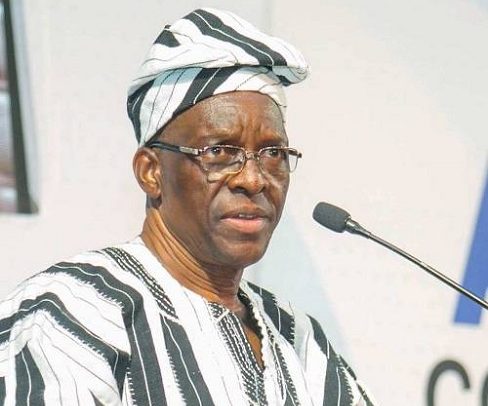
The Organization of Petroleum Exporting Countries pumped an average of 25.27 million barrels a day last month, about 50,000 a day less than in March, according to a Bloomberg survey. A setback for Libyan exports was largely offset by further increases from Iran.
The group and its allies -- which slashed production when the pandemic struck last year -- are gradually restoring about a quarter of their halted supplies over the next three months, to satisfy a recovery in global demand. They’ll phase in just over 2 million barrels a day through to July, beginning with 600,000 a day this month.
World fuel consumption is on the mend from the blow inflicted by coronavirus despite the latest outbreak in India, led by a vigorous recovery in China and the U.S. Wall Street banks such as Citigroup Inc. expect global demand to be back above pre-virus levels this summer.
Still, the survey shows OPEC maintained its discipline while waiting for the demand rebound to kick in. Saudi Arabia, the group’s biggest member, continued to make extra cutbacks in April, pumping 8.11 million barrels a day.
The figures are based on ship-tracking data, information from officials, and estimates from consultants including Rystad Energy AS, JBC Energy GmbH, and Petro-Logistics SA.
Exceptions
The biggest fluctuations in April were seen in OPEC members exempt from the agreement to restrain output.
Libya, which has managed to revive production since late last year following a truce in its internal conflict, suffered a slight setback. Its output retreated by 80,000 barrels a day to 1.14 million a day as a budget dispute threatened attempts to fix war-damaged infrastructure.
However, by the end of the month its state oil firm allocated cash to resolve technical problems, and restrictions that had been imposed on an eastern port were lifted.
The disruption in Libya was in any case largely compensated by a further increase in Iran’s output. The country added 60,000 barrels a day to reach 2.41 million a day, the highest level in two years.
The Islamic Republic has bolstered output by roughly 20% since the end of last year as buyers in China gain confidence and while it resumes diplomatic relations with U.S. President Joe Biden after the acute crackdown pursued by his predecessor.
Iran and the U.S. are making progress with negotiations to revive a nuclear accord which, if successful, could remove American sanctions on Tehran’s oil sales and boost output by a further 1.5 million barrels a day.
If an agreement is reached, the extra supplies could pose an issue for Saudi Arabia and other OPEC+ members as they seek to drain the remnants of the glut that arose last year. The 23-nation alliance is next due to meet on June 1. Read Full Story








Facebook
Twitter
Pinterest
Instagram
Google+
YouTube
LinkedIn
RSS